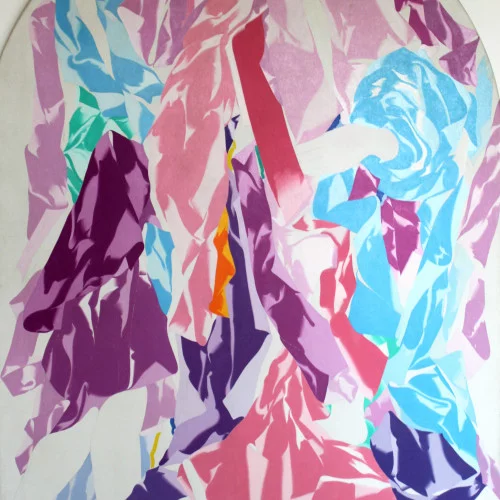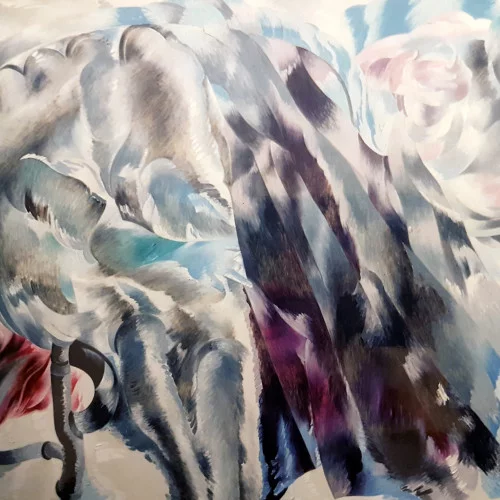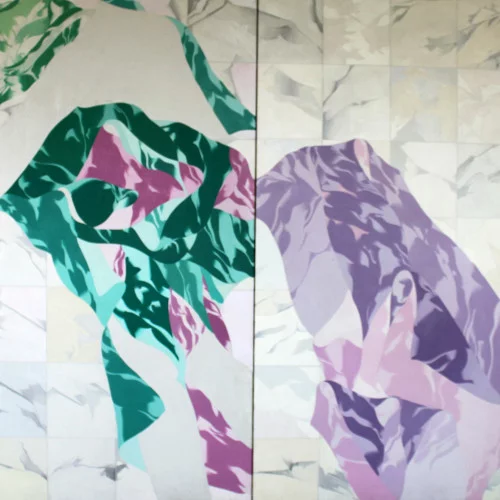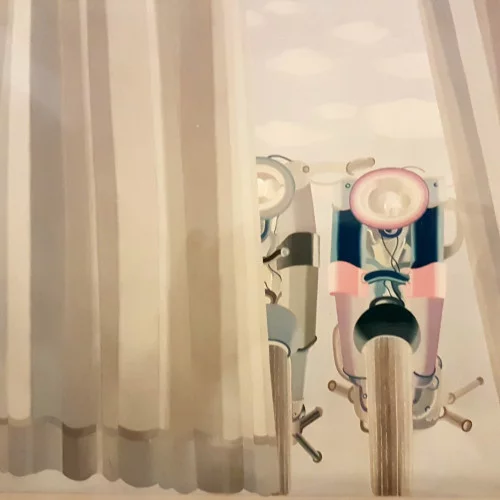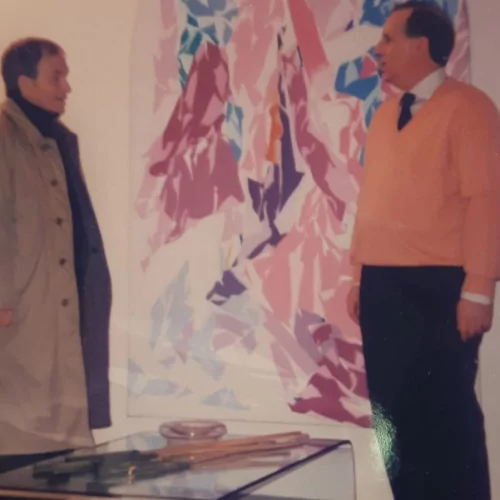UMBERTO BUSCIONI
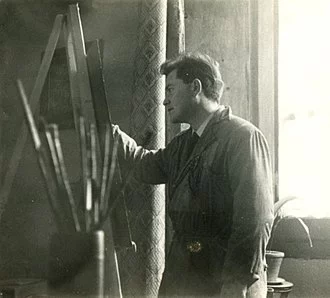
(Pistoia, 13 July 1931 - Pistoia, 6 May 2019)
He concentrated full time on painting beginning in the early 1960s, a crucial choice that followed his stay in Morocco, with his wife Bianca, between 1963 and 1964. The works produced in those years still display an informal influence, but the figuration in his Moroccan paintings already allude to a recognizable style.
Upon his return from Morocco, Buscioni's work opened a new chapter. He became friends with Roberto Barni, Gianni Ruffi, and Adolfo Natalini. in 1966, he officially becomes a part of what Cesare Vivaldi called the Pistoia School. in the meantime, Natalini had left to focus on architecture.
Critics have considered the Pistoia School one of the Italian responses to Pop Art. The objects depicted by Buscioni do not come from the pages of magazines or from advertisements; they are commonplace objects, with which the artist has an intimate relationship, transported into an atmosphere magical suspension in which a mental light is the centerpiece. Particular attention has been paid to the fabrics, the coverings, and the surface of things: ties, shirts, and jackets stand out in these works, stiffened by lines and folds that render them independent of the human figure. Painting has always been the undisputed centerpiece of Buscioni's work, even in the years in which international art was focused on the conceptual and the behavioral. In the early 1970s, this Pistoiese artist’s vision became denser, the analytical and controlled gesture of his hand reproducing , in an almost abstract synthesis the details of those very same folds and fabrics. A reference to Mannerist painting pervades all of Buscioni's art, up to specific quotations, especially of Pontormo and Salviati. In the early 1970s, the fabrics and materials became richer and more decorative, veined marble entered the scene. Over the years, Buscioni’s attention to biblical and sacred themes has become ever stronger, examining first the very shape of the altarpiece in a series of Depositions. From 1980 to 1998, he held the Chair of Painting at the Carrara Academy. At the beginning of the 1970s, Buscioni's painting displayed almost mystical visions of falling saints and angels, their fabrics billowing during flights and ascents, even bursting into flames. Darkness and atmospheric perspectives appear in the sky, far from his crystalline light in the 1960s. Even when some personal and everyday objects reappear, they are evoked by means of more intimate and reflective appearances and hues. Lit by fires and tormented by shadows, the dynamic human figure returns to inhabit the space and to again fill the fabrics. Buscioni's constant devotion to painting was accompanied by a huge number of drawings, some of which are in the Uffizi’s Drawings and Prints Department, and by the creation of artistic stained glass windows including the single-lancet windows and the rose window for the Church of San Paolo in Pistoia and Il Giorno e La Sera à rebours for the Areablu atelier in Pistoia.
(from Wikipedia)
